Hello dear friends ..
Here is a new page, a different page. Today I added a nice diorama. A wonderful diorama made by Hakan Karlı. Welcome to "miniafv" Hakan.
Enjoy...
.
Erhan...
models : 1/72 scale Academy Kubelwagen, Italeri & Hasegawa BF-109E
scenario:
France, summer 1940...German pilots settled farms in Normandy. They fly here and meet on the English Channel. Go hunting Spitfire....
information :
Waldemar Wübke was a Lutwaffe fighter pilot during WWII
He was one of the few Luftwaffe fighter pilots to survive combat duty over the entire course of the war. Wübke flew various types of German fighters in combat and was credited with a total of 15 victories over Allied aircraft.
In 1940 as a Leutnant , Wübke flew sorties with pilots of the 9. Staffel, III. / Jagdgeschwader 54 (JG 54) during the Battle of Britain. His last combat flights were made in 1945 flying "Platzschutz" or airfield defense missions for General Adolf Galland's Me 262 jet squadron, Jagdverband 44 (JV 44).
Along with a handful of experienced fighter pilots, the now Hauptmann Wübke flew the outstanding piston-engined Fw 190-D fighter in an effort to protect the jets of JV 44 from attack by Allied fighters during take-off. Their unit was based close to the jets at München-Riem, Germany.
Since the airfield at München-Reim was heavily protected from Allied aircraft by flak batteries, the Fw 190Ds of the Würger-Staffel had to be made instantly recognizable as ‘friendlies’ to the flak battery crews. To facilitate this, the under surfaces of many of the airfield defense fighters were painted bright red with white stripes.
JV 44's unofficial unit crest was a white circle trimmed with red, with a black and white checker board in the middle, and most of the Fw190Ds used in this unit wore this emblem. Hauptmann Waldemar Wübke regularly flew the Fw190D-9 coded “Rot 3” (Red 3). Wübke painted his personal emblem on the port side of the fuselage under the cockpit of his aircraft; the words “Im Auftrage der Reichsbahn” ("In service of the Reich Railway") in white lettering. This was a sarcastic reference to Wübke's loathing of fighter-bomber missions, many of which he was forced to undertake in his early career as a combat pilot. In his opinion trains were better used to carry bombs, not fighter aircraft.
The ability and success of Wübke and his fellow ‘Würger-Staffel’ pilots is evidenced by the fact that very few Me 262s of JV 44 were destroyed on takeoff, and most that were pounced on by Allied fighters were destroyed on landing at various other landing strips.
Wübke died in a plane crash in South America in the early 1950s.
models : 1/72 scale Academy Kubelwagen, Italeri & Hasegawa BF-109E
scenario:
France, summer 1940...German pilots settled farms in Normandy. They fly here and meet on the English Channel. Go hunting Spitfire....
information :
Waldemar Wübke was a Lutwaffe fighter pilot during WWII
He was one of the few Luftwaffe fighter pilots to survive combat duty over the entire course of the war. Wübke flew various types of German fighters in combat and was credited with a total of 15 victories over Allied aircraft.
In 1940 as a Leutnant , Wübke flew sorties with pilots of the 9. Staffel, III. / Jagdgeschwader 54 (JG 54) during the Battle of Britain. His last combat flights were made in 1945 flying "Platzschutz" or airfield defense missions for General Adolf Galland's Me 262 jet squadron, Jagdverband 44 (JV 44).
Along with a handful of experienced fighter pilots, the now Hauptmann Wübke flew the outstanding piston-engined Fw 190-D fighter in an effort to protect the jets of JV 44 from attack by Allied fighters during take-off. Their unit was based close to the jets at München-Riem, Germany.
Since the airfield at München-Reim was heavily protected from Allied aircraft by flak batteries, the Fw 190Ds of the Würger-Staffel had to be made instantly recognizable as ‘friendlies’ to the flak battery crews. To facilitate this, the under surfaces of many of the airfield defense fighters were painted bright red with white stripes.
JV 44's unofficial unit crest was a white circle trimmed with red, with a black and white checker board in the middle, and most of the Fw190Ds used in this unit wore this emblem. Hauptmann Waldemar Wübke regularly flew the Fw190D-9 coded “Rot 3” (Red 3). Wübke painted his personal emblem on the port side of the fuselage under the cockpit of his aircraft; the words “Im Auftrage der Reichsbahn” ("In service of the Reich Railway") in white lettering. This was a sarcastic reference to Wübke's loathing of fighter-bomber missions, many of which he was forced to undertake in his early career as a combat pilot. In his opinion trains were better used to carry bombs, not fighter aircraft.
The ability and success of Wübke and his fellow ‘Würger-Staffel’ pilots is evidenced by the fact that very few Me 262s of JV 44 were destroyed on takeoff, and most that were pounced on by Allied fighters were destroyed on landing at various other landing strips.
Wübke died in a plane crash in South America in the early 1950s.




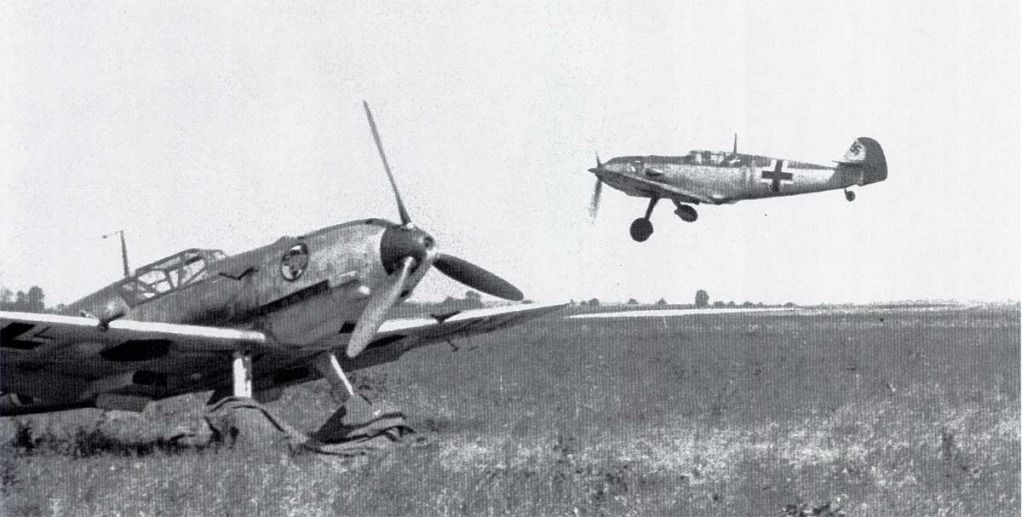


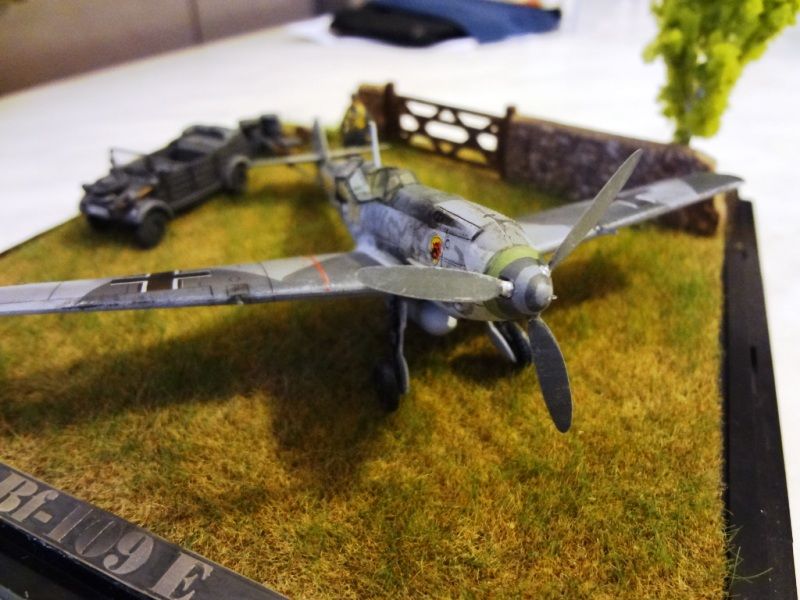
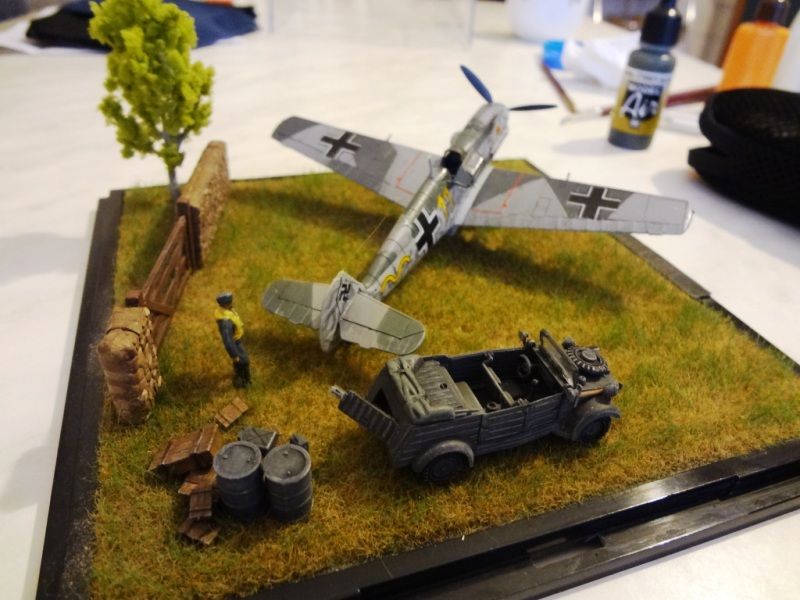
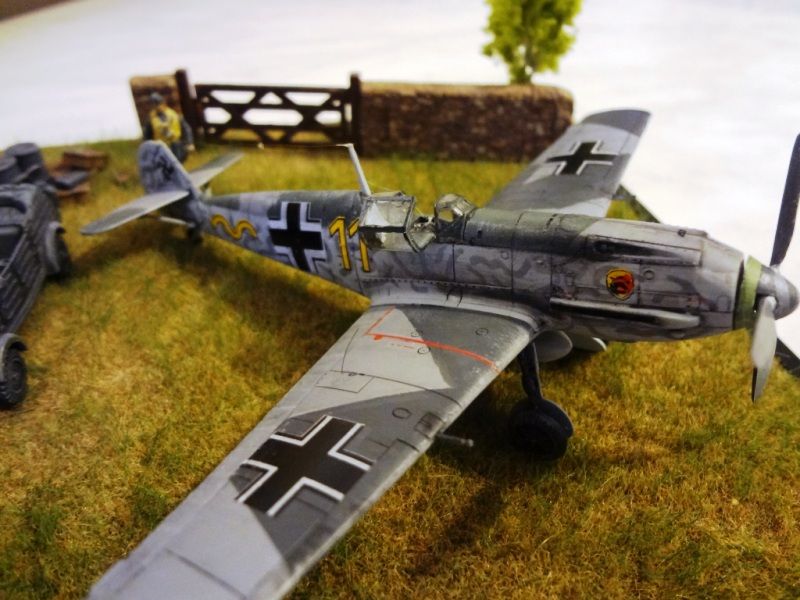

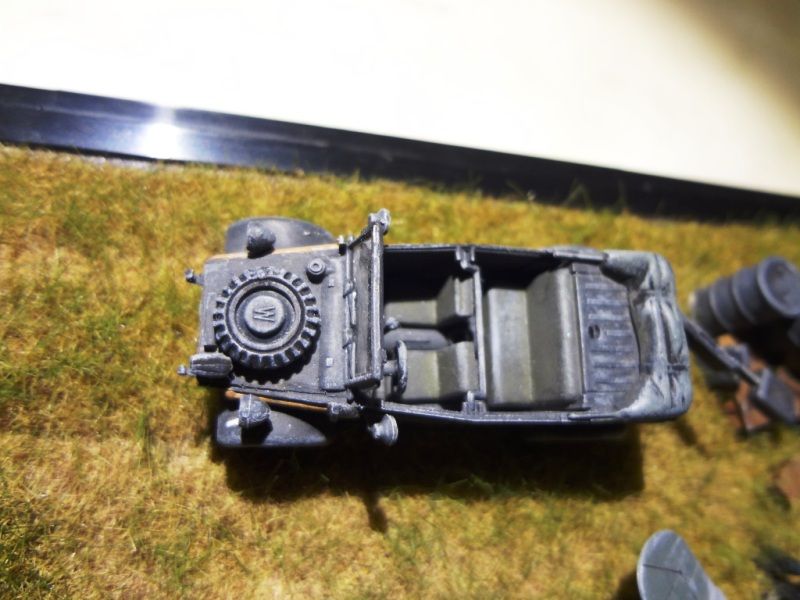
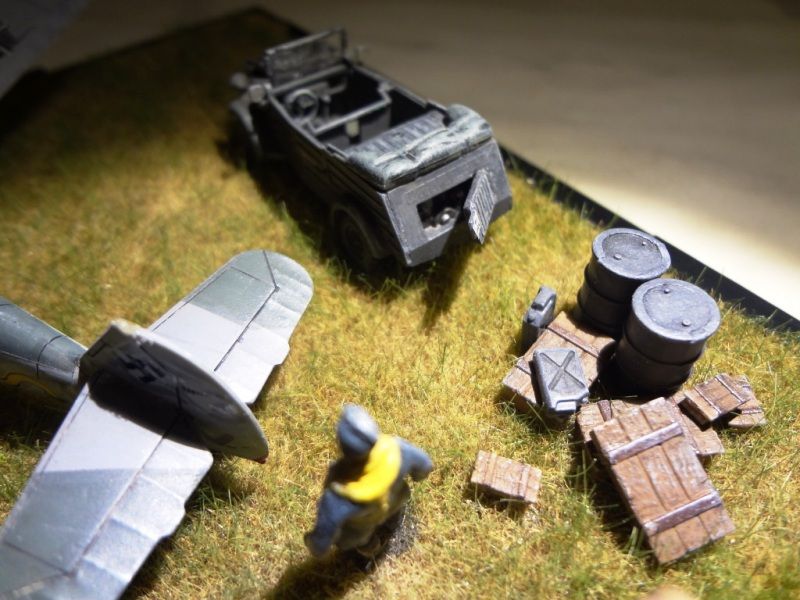
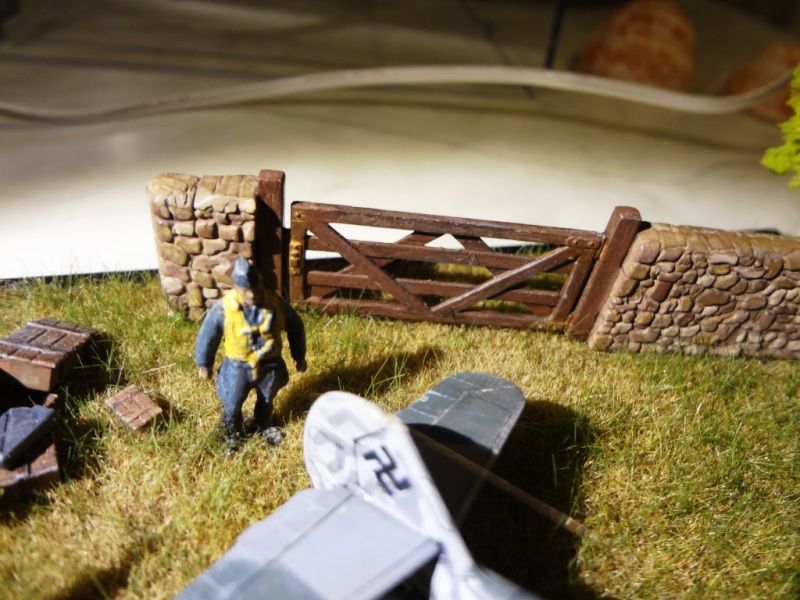


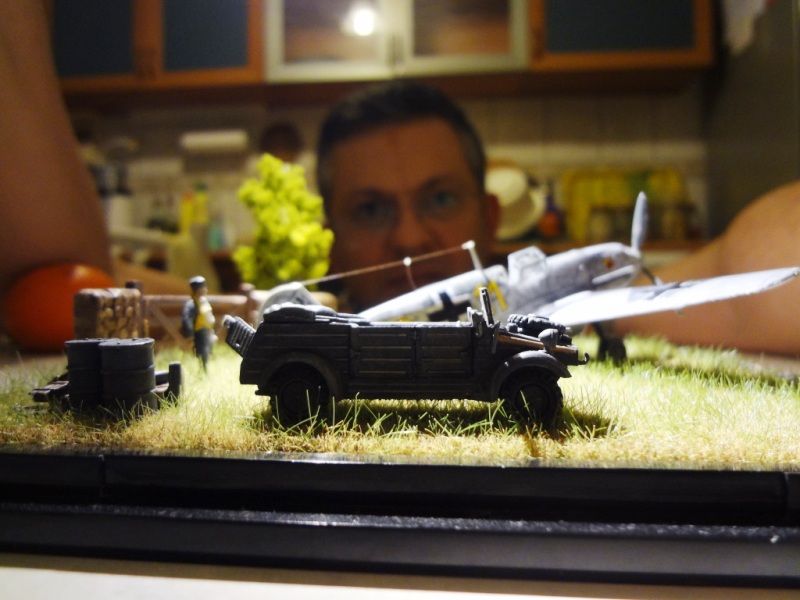
Very nice presentation, Sir. One hot plane and an even hotter motor vehicle engine!
ReplyDeletevery nice, good idea, a diorama. congratulations.
ReplyDeletethanks Barış. Not better than yours..
ReplyDeleteÜye olalım yahu :) Eline sağlık Hakan.. yenilerini de bekliyoruz
ReplyDeleteExcellent work, Sir!
ReplyDelete